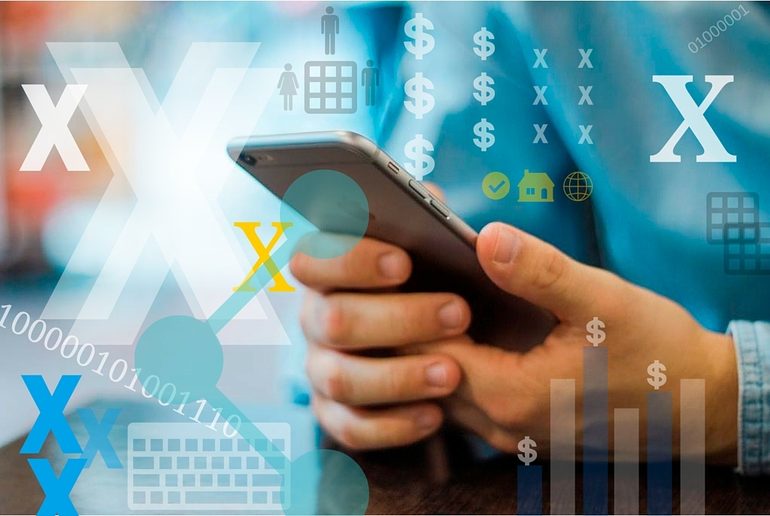IoT product monetization

IoT devices “know” how to generate useful data and companies that create the devices then create apps that use that data and turn it into useful and valuable user information. IoT product monetization is the next big step in economic growth of this rapidly developing technology area.
IoT fields that inspire monetization interest are devices and gadgets that generate information relating to daily habits, home, environment, events, localization and actions. The most important element in monetizing IoT technology lies in ensuring a low level of difficulty for a consumer to benefit from a service.
There are several basic monetization models for IoT products. They are either based on making a purchase to receive hardware devices or the use of mobile apps to sort data and supply information depending on the service they provide.
- Purchase of a device and a supporting app free of charge.
This monetization model is most effective for wearable devices. Health trackers collect personalized data during the day through the sensor system and send information about the quality of sleep or daily fitness activities wirelessly to an individual’s smartphone. A user opens a mobile application and sees the results.
This format of revenue generation is very simple since it includes a one-time cost of purchasing the wearable device. The rest of the benefits, users receive free of charge.
- Purchase of a device and a subscription service fee.
More complex IoT systems that include an IoT device and additional supporting data generators can supply more diverse real-time information on activity patterns, daily routines, location or even home security, with notification to the owner. Wearable devices that include wireless sensors placed around the house can help track an individual’s health conditions and daily activities. It can also enhance home security and automate critical in-home systems (lighting, heating, door locks).
For example, a monthly subscription fee for IOT devices that offer essential life assistance can provide real-time information and alerts on daily routines and activities of elderly family members that live alone and help manage their surroundings.
- Purchase of a device and a monthly service fee.
Service fee monetization can be utilized for IoT products that collect and analyze information in real time and are used to resolve routine issues without delay; issues that a user most often cannot predict ahead of time, but has to deal with on a daily basis.
For example, a parking spot IoT manager gathers data for a selected location and provides availability information to a user who can pay for their parking using the application on their phone. The loT manager views all relevant data and sends a reservation for a specific space through a smartphone.
- Purchase of a device with additional useful features, a free app and optional subscriptions.
This is possible when IoT devices that present a considerable investment can offer more to a user than they expect. For example, a leading device of the smart home ecosystem, Amazon Echo makes it possible to use the device and also subscribe to additional music and other content through Amazon’s Prime account.
- Purchase of a device with subscription for upgrades.
Smart home devices that have an ability to adjust to an individual’s needs and convenience may be somewhat expensive, but subscription that broadens that product’s set of skills and potential upgrades that improve consumer experience will serve as good monetization options as IoT use expands.
Content created by our partner, Onix-systems.
 Home
Home